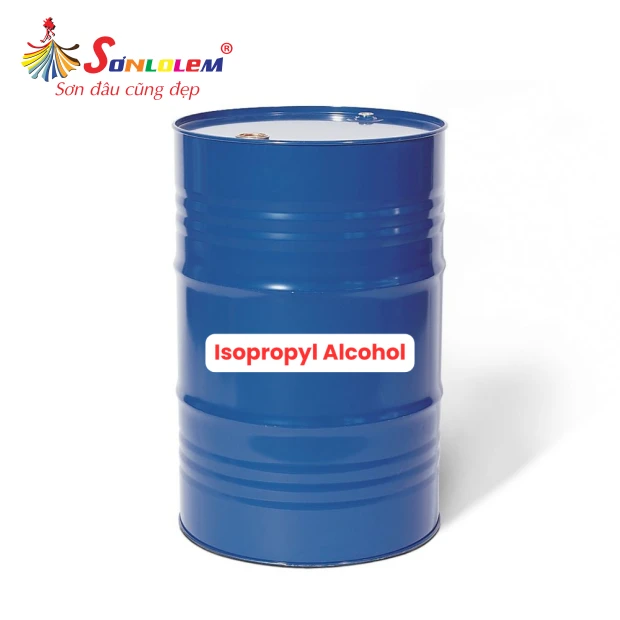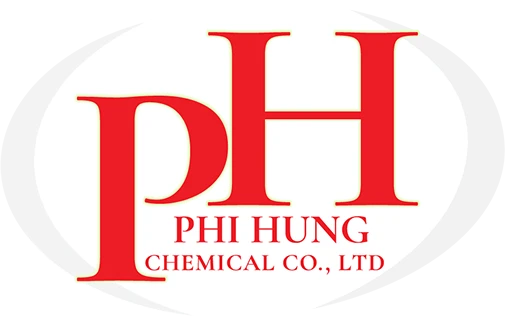

Isopropyl Alcohol
Alcohol IPA-ISO Propyl Alcohol (IPA) Other names: The name IUPAC is Propan-2-ol, 2-Propanol; isopropanol; Rubbing wine; seconds -Propyl alcohol; s -propanol; iproh; I -PrOH; Ipoh Dimethyl Carbinol; IPA molecular formula: (CH3) 2CHOH specifications: 160 kg/ drum, 30lit/ can
Product information:
Solvent 3040 Chemical:
- Product Name: Solvent 3040 Chemical
- CAS No: 64742-82-1
- Specification: 155 kg/Drum
- Origin: Thailand
Molecular Formula of Solvent 3040:
- Chemical Name: Naphtha (petroleum) hydrosulfurized heavy
- Synonyms: Pegasol 3040, WS200, Mineral Spirits, White Spirits
- Composition: Hydrocarbon mixture of aromatic, paraffinic, and naphthenic compounds.
Applications of Solvent 3040:
- Used as raw material in extraction, cleaning, and degreasing.
- Solvent for various resins, paints, and thinners.
Physical and Chemical Properties of Solvent 3040:
Solvent 3040 is a straight-chain solvent with a mild odor and fast evaporation rate. It is also known as mineral spirits in the paint industry or Stoddard solvent in dry cleaning.
- Color: Colorless liquid.
- Odor: Sweet scent.
- Boiling Point (°C): 152-200°C
- Melting Point (°C): No available data.
- Vapor Pressure (kPa): 400 Pa at 20°C, 1500 Pa at 50°C
- Density: 0.766-0.786 @ 20°C (ASTM D4052)
- Density (g/cm³): 0.765-0.785 @ 20°C (ASTM D4052)
- Vapor Density: >1 @ 20°C (Air = 1)
- Water Solubility: Insoluble.
- Evaporation Rate: 0.16 (n-butyl acetate = 1)
- pH Value: No available data.
Hazard Warnings for Solvent 3040:
- Highly flammable liquid and vapor.
- Causes skin irritation.
- May be fatal if swallowed and enters the respiratory tract.
- May cause drowsiness or dizziness.
- Harmful to aquatic life with long-lasting effects.
- May harm the fetus and is suspected of causing reproductive damage.
Precautionary Measures When Using Solvent 3040:
- Keep away from heat, sparks, open flames, and hot surfaces – No smoking.
- Avoid inhaling dust, fumes, gases, mist, vapors, or spray.
- Prevent release into the environment.
- If swallowed: Call a doctor immediately. Do not induce vomiting.
- If in eyes: Rinse cautiously with water for about 15 minutes.
- If on skin: Immediately remove all contaminated clothing. Rinse skin with water/shower.
- Avoid contact with skin, eyes, and clothing.
- Do not inhale vapors.
- Extinguish all open flames.
- Remove ignition sources.
- Avoid sparks.
- Do not smoke.
- Vapors are heavier than air, spread along the ground, and can ignite from a distance.
- Ensure continuous electrical grounding by shielding and grounding all equipment.
- Do not use compressed air for filling, discharge, or handling operations.
- Handle and open containers with care in well-ventilated areas.
- Do not discharge into drains.
Storage and Handling of Solvent 3040:
- Solvent 3040 should be stored in a well-ventilated, shaded area away from sunlight, ignition sources, and heat.
- Bulk storage tanks must be well-shielded.
- Keep away from aerosols, combustible materials, oxidizing agents, and corrosive substances.
- Storage Temperature: Ambient temperature.
Isopropyl Alcohol Solvent (IPA) and Its Applications
Isopropyl Alcohol (IPA) solvent possesses outstanding chemical properties and is widely applied in various industrial fields, contributing to economic development and daily life.
What is IPA Alcohol?
Isopropyl Alcohol, abbreviated as IPA, is a colorless, flammable chemical with a mild pungent and slightly sweet odor. It is infinitely soluble in sweet water.
- Chemical Formula: C₃H₈O
Physical and Chemical Properties of IPA Alcohol
- Molecular weight: 60.1 g/mol
- IPA is a colorless liquid with a mild pungent and slightly sweet odor.
- Highly volatile, infinitely soluble in water and organic solvents.
Applications of IPA (Isopropyl Alcohol Solvent)
As a Solvent
IPA is used for dissolving grease due to its ability to dissolve many non-polar compounds while being less toxic than other solvents.
As an Intermediate
IPA serves as an intermediate in producing Isopropyl Acetate, a widely used solvent when reacting with acetic acid.
Additionally, C₃H₈O reacts with CS₂ (Carbon Disulfide) to form C₄H₇NaOS₂, a strong herbicide.
Furthermore, when IPA reacts with aluminum metal and Titanium Tetrachloride, it creates compounds used as catalysts and effective reagents.
As a Cleaning Agent and Automotive Application
- When mixed with 35-50% water, IPA acts as a glass cleaner and soap solution.
- In the automotive industry, IPA is a key component in fuel additives to remove moisture, dissolve water, and mix with fuel, preventing water from freezing fuel tanks and pipelines.
As a Coating Technology Component
IPA is an excellent solvent for various plastics when used in small amounts. Due to its slow evaporation rate, it is used as an anti-clouding agent in Nitrocellulose paints.
Medical Applications
- IPA can be used for disinfection when combined with water.
- It also aids in drying water in cases of ear infections, ideal for swimmers and people frequently exposed to water.
As a Basic Material and Antifreeze Agent
- IPA is used as a chemical raw material to produce Glycerol, Acetone, etc.
- It reduces air and petroleum deficiencies, preventing freezing during winter.
- IPA is also used for cooling substances in refrigerators and air conditioners.
As a Cosmetic Ingredient
Due to its mildness on the skin and low toxicity, IPA is used in perfumes, colognes, and personal care products.
Is Isopropyl Alcohol Toxic?
The answer is YES. However, IPA is less toxic compared to other solvents. Still, it can pose health risks in some cases, such as:
- Causing eye irritation
- Chemical toxicity and fire hazards
- Highly dangerous in extreme cases: Leaks or spills from gas cylinders can easily create explosive compounds within flammable limits or at flashpoint temperatures.
Safety Measures and Self-Protection Guidelines
Technical Control Measures
- Use exhaust fans in areas where temperatures exceed room temperature or to maintain concentrations below permissible limits.
- Use explosion-proof ventilation equipment.
Personal Protection Measures
- In areas with chemical exposure, wear long-sleeved clothing, protective gloves, and chemical safety goggles.
- Wear safety glasses in exposed areas.
- If temperatures exceed specified limits, use a respirator if other hazard-reducing methods are ineffective.


 Tiếng Việt
Tiếng Việt